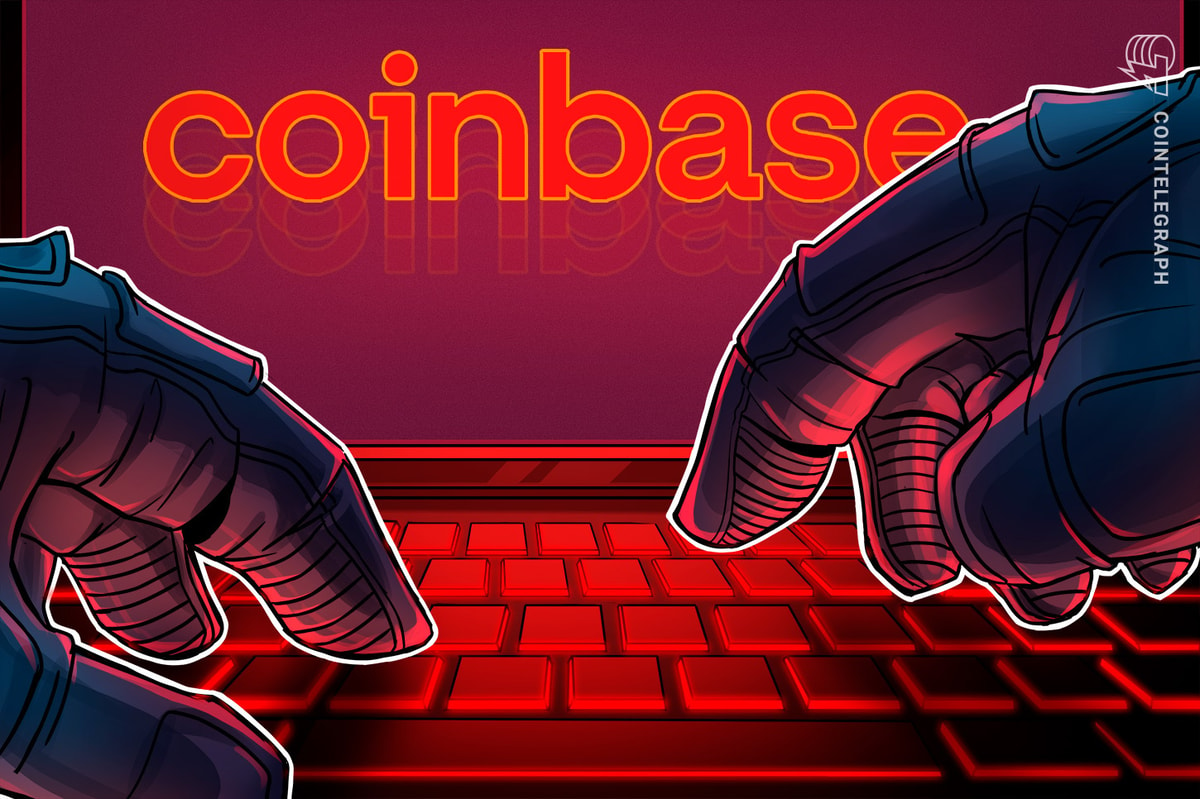Maybe you’re a legendary developer and you ‘ll disagree, but for most of us, innovating is hard enough without adding in the complexities of new tech, new apps, and new APIs.
Why it’s annoying
Web2 has been around for so long that there is an API for everything and a bunch of aggregation services to make things even simpler.
When it comes to Web3, we have apps and APIs, but because everything is decentralized, they’re all, well — decentralized. It’s an absolute pain in the proverbial to get everything working smoothly together.
Related: Will Bitcoin keep dropping because of the ETFs?
After speaking to many, many, frustrated developers, five key issues emerged as the most annoying:
- Fragmented tooling and services: There are countless tools and services in the Web3 space, each with its own set of rules for integration. Add to that an absence of a common standard across these tools and services and you’re left needing to start from scratch with each new integration.
- API key management overhead: There is also the increased risk of security breaches as each additional key presents another potential point of failure or misuse. This escalates operational burden as the need to manage authentication across various platforms consumes time and resources that could be better spent on core development tasks.
- Data inconsistencies: Data inconsistencies across various services can cause unreliable application behavior, disrupting the intended functionality and leading to poor user experience which is a death sentence for many budding startups.
- Service failures and downtime risks: There are few more stressful scenarios than a service failure and the race against the clock as a platform is down. The lack of redundancy in many services means there's no backup when a service fails, exacerbating downtime risks. The flip side of this is implementing fallback mechanisms for every integrated service which is also challenging.
- Integration of advanced technologies: Integrating advanced technologies requires a deep understanding of both the new technology and the existing Web3 infrastructure, often posing significant challenges. Every time a new technology is introduced in the industry, system and product updates are needed to stay competitive, especially for emerging technologies like AI/ML.
What needs to be done?
Overcoming these challenges isn't the task of isolated developers or siloed organizations. It's a collective endeavor that requires a shared vision for the decentralized web. Three key elements need to be addressed.
Related: 2024 will be the year crypto investors get sophisticated with derivatives
- A unified solution: We need a one-stop platform, akin to Firebase, but tailored for Web3 tooling. This unified platform could aggregate various tools and services required for Web3 development under one roof. The core idea is to have a streamlined, unified platform addressing the existing challenges in Web3 development. Such a platform would dramatically lower the entry barriers, boost productivity, and speed up innovation in the Web3 space.
- Robust fallback mechanisms: Having redundancy systems in place providing backup services to ensuring continuous operation, even during service failures, is crucial for maintaining a reliable user experience. Developing automated fallback mechanisms that can switch to alternative services or methods during a failure could help minimize downtime and maintain application reliability.
- Advanced integrations support: Creating plug-and-play integration solutions for cutting-edge technologies like AI and machine learning would lower the technical hurdles and hasten the integration process, making it easier to incorporate advanced functionalities.
The roadmap to success lies in collaboration, standardization, and innovation. By actively addressing these challenges today, we can do more than just simplify the development process. We can lay the foundation for a decentralized, equitable, and vibrant digital realm where innovation isn't just welcomed, it's celebrated.
This article is for general information purposes and is not intended to be and should not be taken as legal or investment advice. The views, thoughts, and opinions expressed here are the author’s alone and do not necessarily reflect or represent the views and opinions of Cointelegraph.











